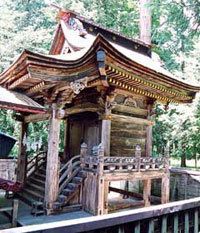
Nyakuichioji Shrine
The main shrine was built in a regional style from the Azuchi Momoyama period of the 16th century and has been designated as a national important cultural property.
In July, a rare in Japan festival is held with children taking part in Yabusame, horseback archery.
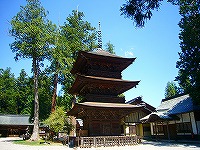
Sanju no To (Three-storied Pagoda) in Nyakuichioji Shrine
The pagoda with the unusual animal sculpture is the only one of its kind in the Matsumoto Basin.
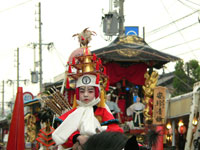
Yabusame Ritual of Nyakuichioji Shrine
Yabusame is one of the top children’s horseback archery events in Japan. Originating in the 13th century, the event is to pray to the gods for a bumper harvest. Ten local boys on horseback representing different areas of the town shoot targets while marching at a slow pace.
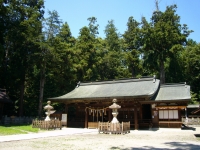
Forest of Nyakuichioji Shrine
The area is 17,186.4 m2 and is adorned with about 300 cedar trees and 130 Japanese cypress, as well as deciduous trees. To see a forest of conifers on the middle of a flat land is quite rare.
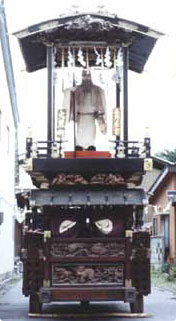
Daikokucho’s Float
One of the floats brought out in Nyakuichioji Shrine’s festival. The lower deck has bay windows decorated with sculputres and the upper deck, also having many carvings, has four pillars supporting the roof. The float was made in 1826.
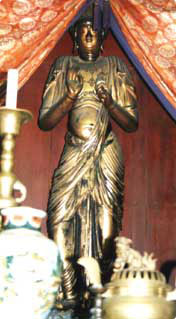
Tanseiji Temple’s Standing Statue of Kannon (Bodhisattva)
This 10th century Buddhist statue standing at 161.5 cm tall is made from a piece of Japanese zelkova wood. It tells the culture of one of Omachi’s powerful families.
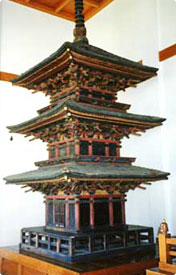
Tenshoji Temple’s Miniature Three-storied Pagoda
This miniature pagoda was once thought to be a 1/10-sized model of the Nyakuichioji Shrine’s Pagoda, but now, it is presumed to be made in the 18th century with completely different techniques.
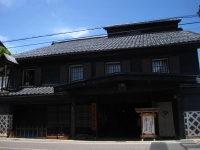
Salt Road Chojiya
See here.
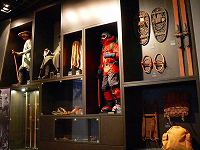
Omachi Mountain Museum
See here.

